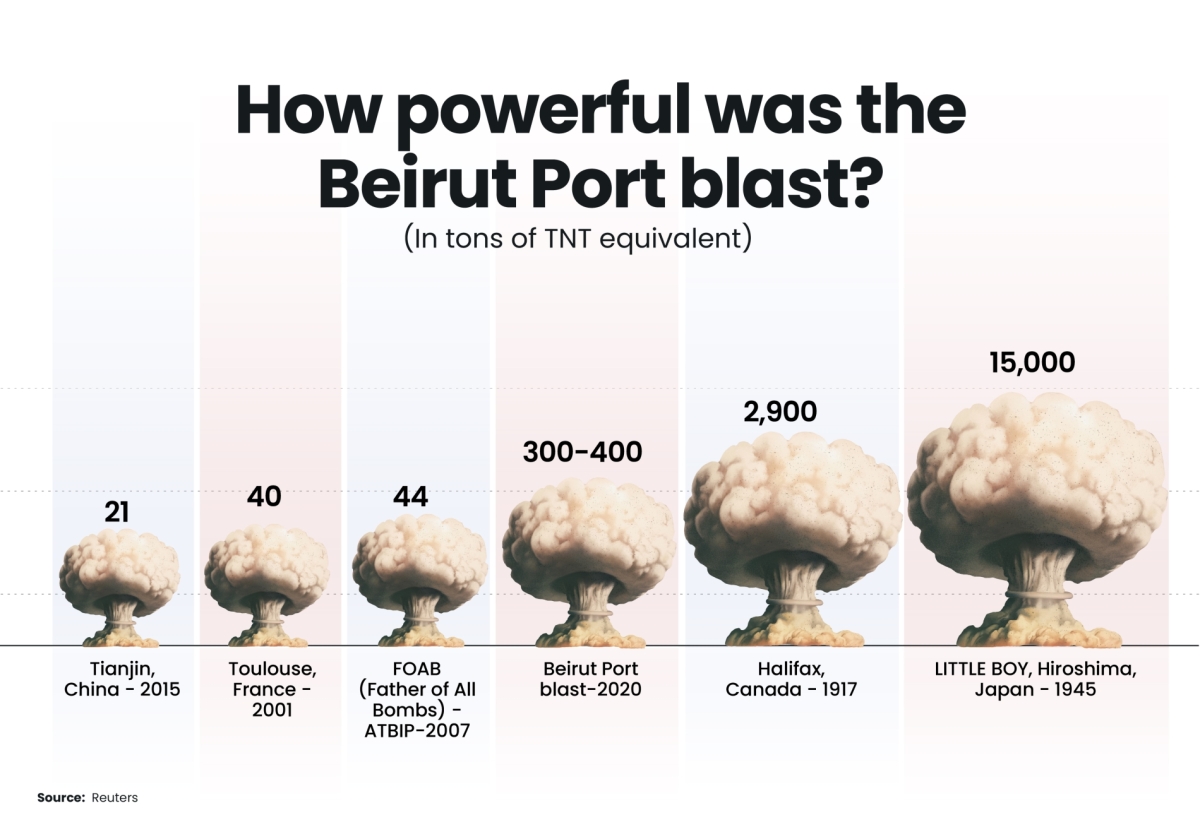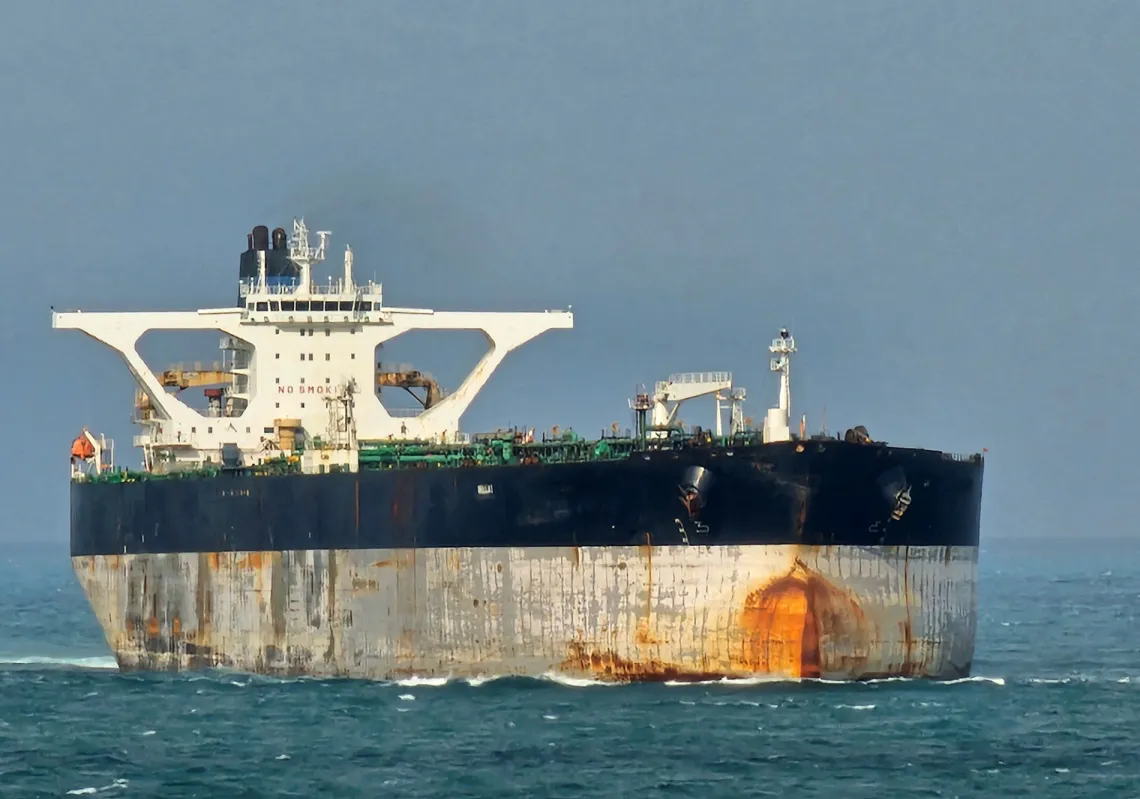On 4 August 2020, Beirut Port was rocked by one of the most powerful non-nuclear explosions ever recorded, with a blast yield estimated at 200–300 tonnes of TNT. Triggered by a stockpile of 2,750 tonnes of improperly stored ammonium nitrate, the detonation devastated Lebanon’s capital, killing at least 218 people (with some reports citing up to 235 deaths) and leaving over 7,000 injured. The shockwave shattered windows and shook buildings as far away as Cyprus, 160 km across the Mediterranean.
Seismological analysis suggests the main explosion was preceded by six smaller blasts, possibly involving fireworks. Lebanese authorities have attributed the disaster to long-term negligence and or foreign sabotage.
The destruction was massive: at least 8,000 buildings were damaged, including 640 historic structures, 60 of which were at risk of collapse. The Beirut Governor’s Office estimated that over 62,000 housing units and 20,000 commercial buildings were affected, displacing approximately 300,000 people.
Five years on, Beirut continues to grapple with the political, social, and economic aftershocks of this man-made catastrophe, as justice remains elusive and investigations repeatedly stall.









